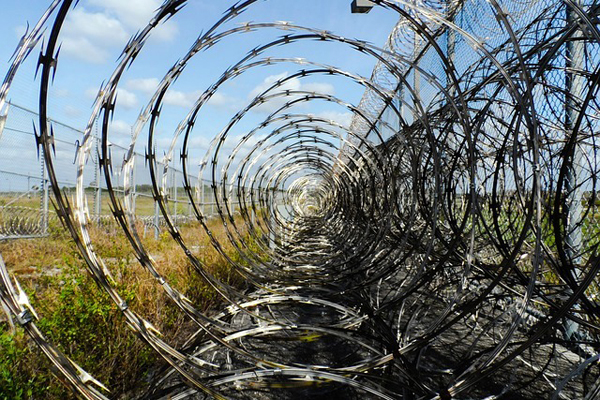- South Texas Students Meet Accordion Music Icons Los Tigres Del Norte In Edinburg Thanks To Khs America/Hohner Alianza Académica Initiative
- Fragile Planet Offers a Nighttime Wildlife Experience
- Falcons Soccer Off & Running
- Cameron County Receives Funds to Improve Two Parks
- Falcons Complete First Half of 32-6A
- School District to Help out Victims of California Wildfires
- Sand Castle Days Continued Despite Unexpected Weather
- Ready for District
- Discussion of Garbage Dumpster Rates, Agreements Between State & City on Highway Regulations, and More
- 31st Annual Shrimp Cook-Off is Right Around the Corner
Study: Number of Women Grows in Texas Prison System
- Updated: January 26, 2018

The number of women incarcerated in Texas has grown 10 percent since 2009. Photo: jodylehigh/Pixabay
by Mark Richardson
HUNTSVILLE, Texas – Prison populations are dropping in most states, but a new study finds the number of incarcerated women isn’t falling as fast as it is for men.
And in Texas, it’s actually growing.
Nationally, the total prison population peaked around 2009. The study, by the Prison Policy Initiative, shows most states have made progress in reducing their overall prison populations in the past ten years.
But incarceration rates for women have stayed about the same. According to report author Wendy Sawyer, senior policy analyst for the Prison Policy Initiative, one reason may be that women in prison may receive harsher punishments for rule violations than men for similar infractions, extending their sentences.
“When three-quarters have mental health problems and then, three-quarters of those have substance use disorders, and two-thirds of them have a history of physical or sexual abuse,” says Sawyer, “You’re talking about a population that really needs a lot of treatment and of services – more than they need punishment.”
The report shows between 2009 and 2015, the number of women in the Texas prison population increased by 10 percent, or about 1,100, while the number of men decreased by 4 percent.
Women make up a relatively small percentage of the prison population, but since 1978, their numbers have increased at twice the rate of men. And Sawyer says the impact of incarceration can be much more severe on women.
“Women in state prisons are more likely to be primary caretakers of children,” says Sawyer. “They already are starting out with more economic difficulties, so it may have an even greater effect of marginalization on those women and their families.”
The report recommends increasing use of diversion strategies, decriminalizing offenses that don’t threaten public safety, and increasing funding for indigent defense as ways to reduce incarceration rates.
Sawyer points out that ignoring trends in women’s prisons works against efforts to lower prison populations.
“If they’re seeing success overall, that may actually be happening just among the men’s population. Meanwhile, the women’s population continues to grow, just unnoticed,” she says.
She believes developing alternatives to incarceration that are less harmful to women should be a priority in every state.
